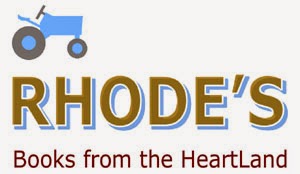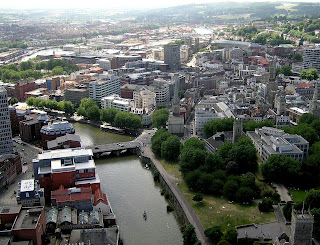I wrote
about this lucky break in “The Education of a New Engineer,” published in The Iron-Men Album Magazine for May and June of 1998. On July 19,
1997, Dan Warren shouted at me while I was running my Case steam engine at the Will
County Steam Threshermen’s Association
show in Illinois. At that time, I was still a novice. With help from
experienced engineers, I steered my 10 ½ ton steamer along the parade route.
The show has changed locations. Back then, towering oaks crested the hill, and
the fields of golden wheat in the valley were a sight to remember for a
lifetime.
 |
|
My Photograph of My 65 HP Steam Traction Engine
Serial Number 35654
Built in 1923 by the J. I. Case Threshing Machine
Company
Taken at the Will County Steam Threshermen's
Association Show in 1999
|
On Saturday
afternoon, a young engineer named Mike and I were guiding my engine down the
hill toward the valley with the goal of belting the Case to a machine that
shells corn. Later, I described what happened: “Halfway down the hill, I saw a
tractor coming. I thought the driver would stop to permit us to pass, but he
did not. As he crossed in front, I assumed he might speed up to clear the way,
but he did not do that, either. I suddenly realized that he was stopping
directly in my path. From my vantage point, the tractor appeared to be about
eight to ten feet ahead of my smokebox door, although the distance probably was
greater. I threw the reverse lever in the center of the quadrant and closed the
throttle to avoid a collision. Either the tractor driver never saw me, or he
thought that my steam engine could stop as easily as his tractor.”
It was then
that Dan Warren came striding—and yelling—toward me. The breeze pushed up the
wide brim of his straw hat as he “cupped his hands like a megaphone and
shouted, ‘Never stop an engine on a hill! Move it!’”
Instantaneously,
I understood why he said “Move it!” I had memorized turn-of-the-century books
for steam traction engineers, and they warned that, when the boiler points
downhill, the water rushes forward and exposes the ceiling of the firebox to
the intense heat of the fire. When no water covers that ceiling, called the crownsheet, the temperature of the iron
rapidly increases. Unless the water soon covers the crownsheet again, the core
of a safety bolt called a fusible plug
could melt, permitting steam and water to flood into the firebox to prevent an
explosion. Should the plug fail to perform as designed, the crownsheet might
blow down.
I wrote,
“Between five and ten seconds had elapsed from the time the tractor began to
cross my path until Dan shouted. I yelled at Mike, ‘Let’s go!’ He cranked the
steering wheel hard to the right while I threw the reverse lever into position
and opened the throttle wide. We missed the tractor. When the engine was parked
on level ground, I jumped off the platform and walked over to talk to Dan. He
tried to apologize for yelling, but I said, ‘Yell at me all you want! I came
over here to thank you for yelling.’ Dan told me that, in the situation I had
faced, I should have kept the wheels revolving, even if that had meant backing
uphill. Movement in any direction keeps water sloshing over the crownsheet.”
Dan’s
lesson was not the first I had to learn. Running a steam engine requires deep
and thorough knowledge—especially for the safety of the public. Many engineers
unselfishly instructed me over the years until I became a competent steam
engineer myself, and I appreciate all they taught me. I remain particularly
grateful to Dan for his intervention. For the next seventeen years, I strictly
followed Dan’s advice whenever I exhibited my engine, which I no longer show
and which I have offered for sale.


